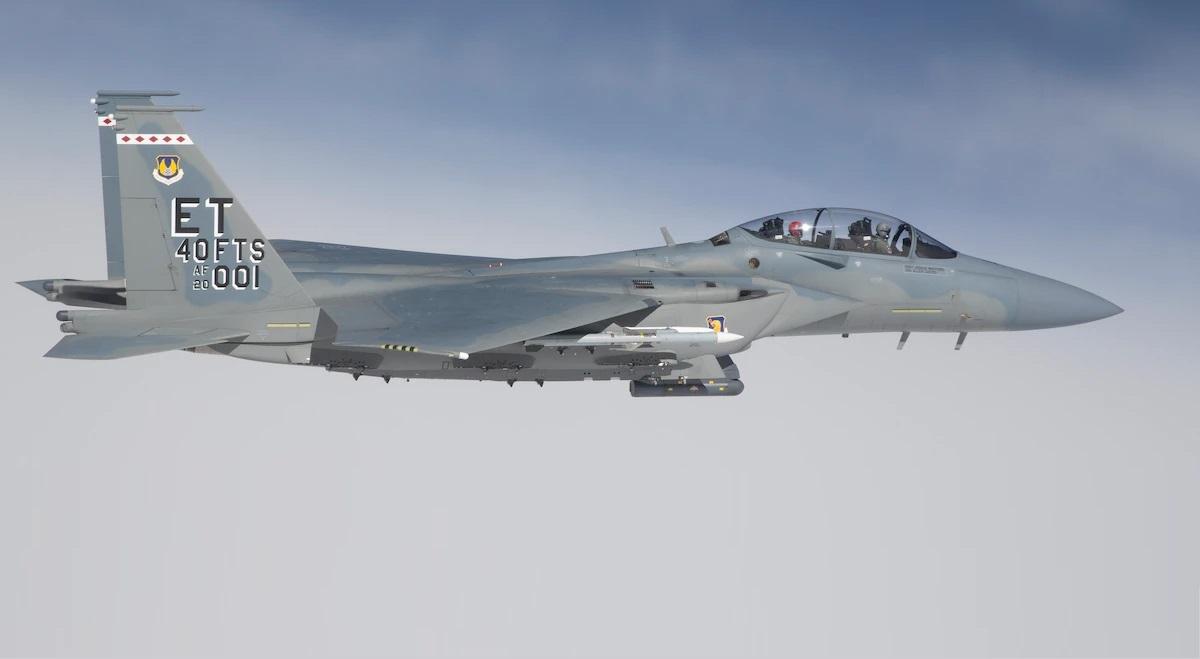For 50 years, Boeing’s commitment to customer-centric iterative innovation enabled each evolution of the F-15 – from the A to the EX – to remain a successful airframe that’s been modernized & optimized to meet warfighter demands of the future. In recent weeks, the U.S. Air Force (USAF) completed the first air-to-air missile test for the most advanced F-15 to date, the F-15EX Eagle II. The successful release marked the first weapon fired from the aircraft and another major milestone following more than six months of integrated developmental and operational flight testing for the shot.
“We are proud to achieve this milestone in collaboration with the U.S. Air Force. The F-15EX is the first USAF aircraft to be completely tested and fielded through combined Developmental and Operational Test,” said Prat Kumar, Boeing vice president of F-15 programs. “The successful first missile shot from the Eagle II is an example of an integrated test process that showcases innovation and results in the rapid delivery of next-gen capabilities to the warfighter.”

“For a new platform, we’ve made an incredible amount of progress in a short period of time,” said Colton Myers, F-15EX test project manager with the Operational Flight Program Combined Test Force. “I don’t know of any other platform that has undergone such a rapid test program and it’s been incredible to be a part of the team that’s bringing this to reality.”
With a payload capacity of 29,500 lbs. (13,300 kg), including outsized weapons, the F-15EX delivers affordable mass to address rapidly evolving threats. When this payload is combined with range, high-speed mission systems, advanced sensors and an electronic warfare suite, the F-15EX gives the U.S. Air Force the ability to present peer adversaries with multiple challenges both inside and outside of threat rings. F-15EX Eagle II is the most advanced Eagle variant based on the F-15QA as a replacement for the legacy F-15C/D. F-15EX promises higher speed, longer range, increased payload, and lower operating costs than previous variants.
















